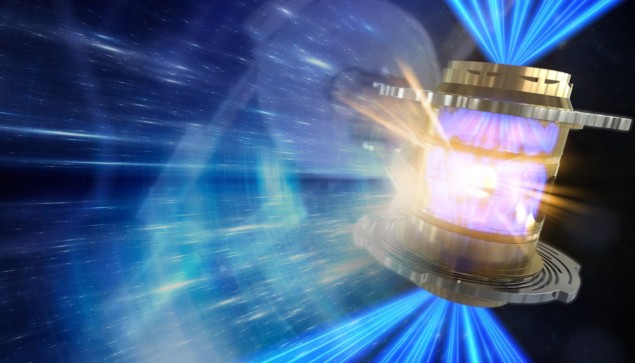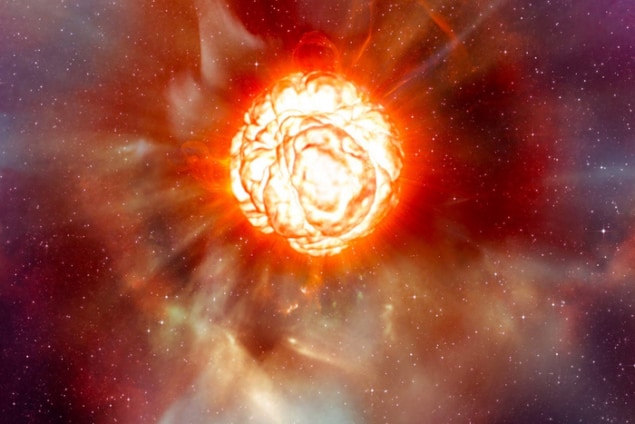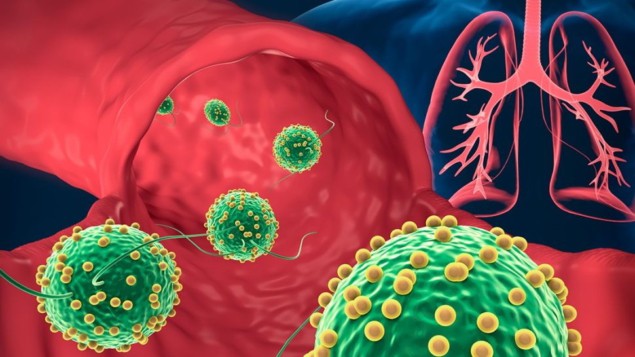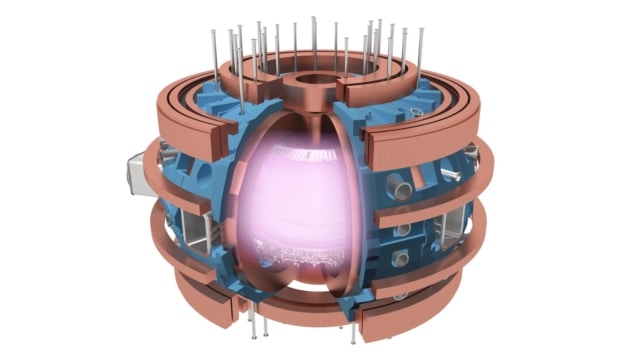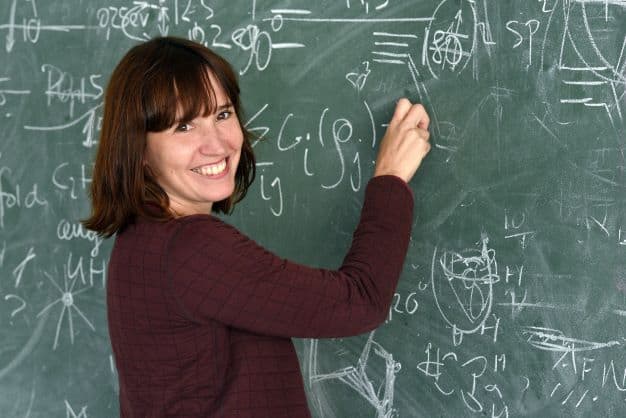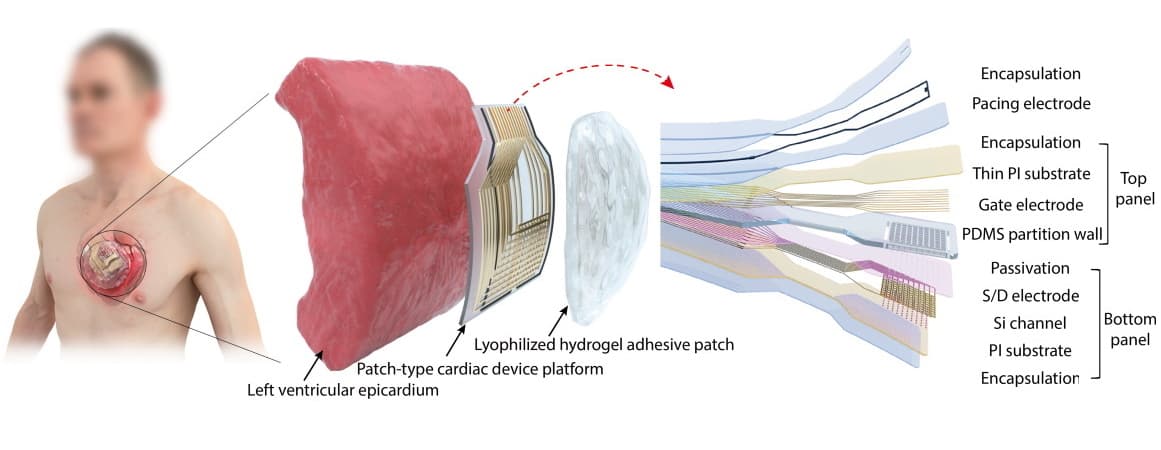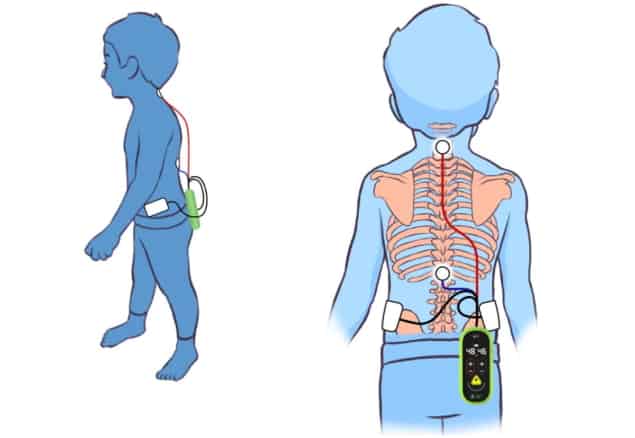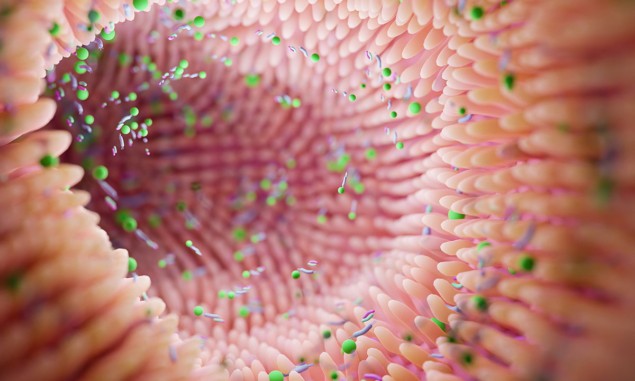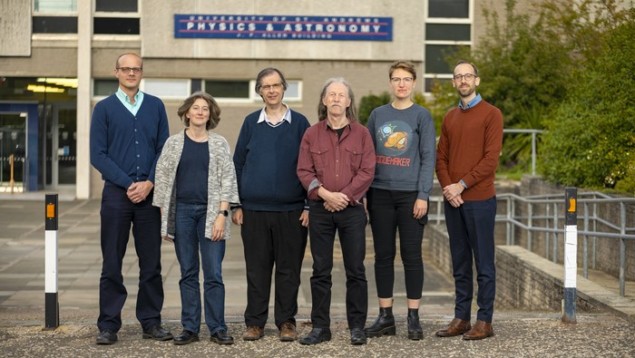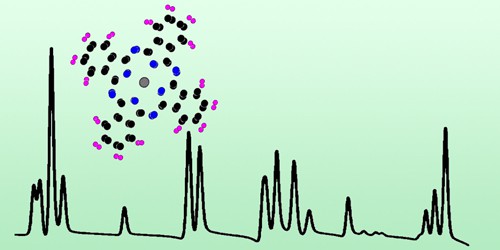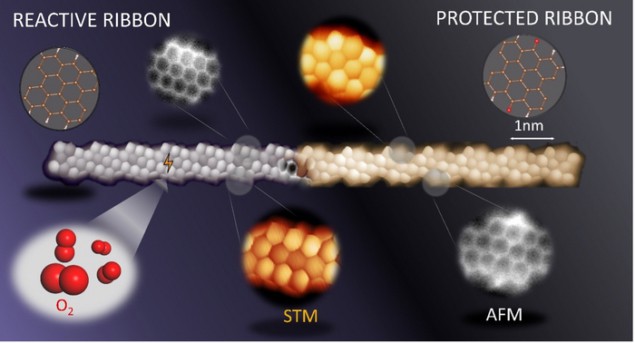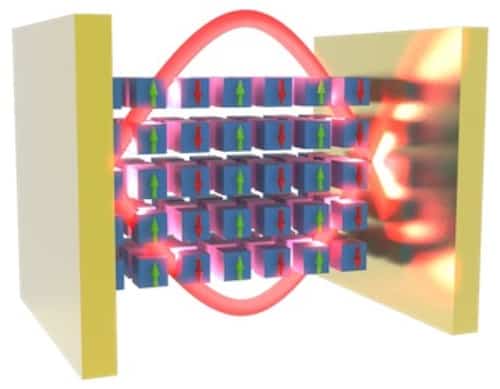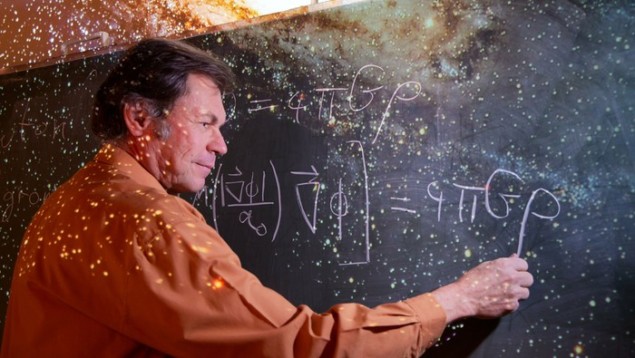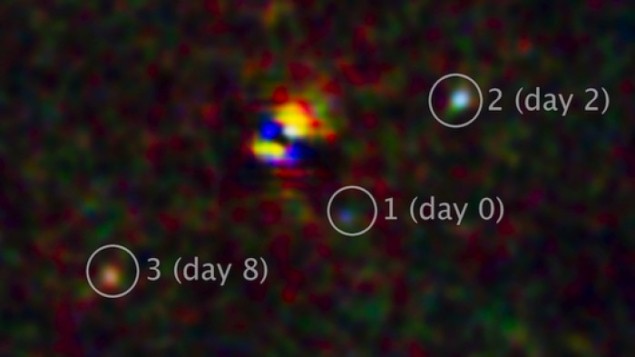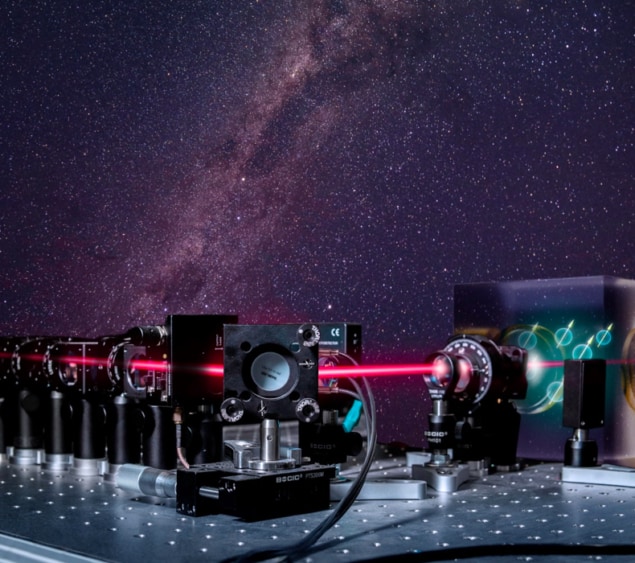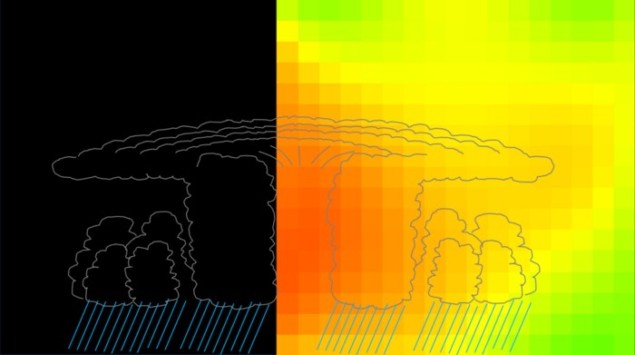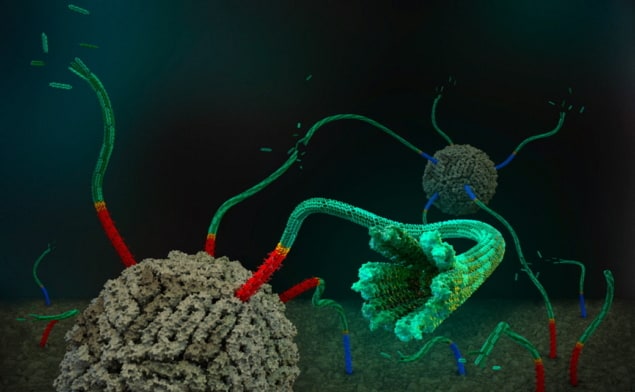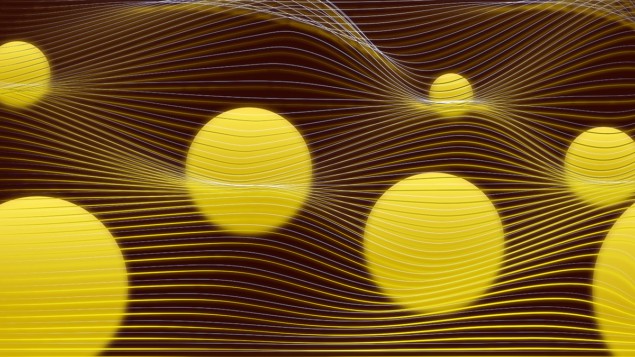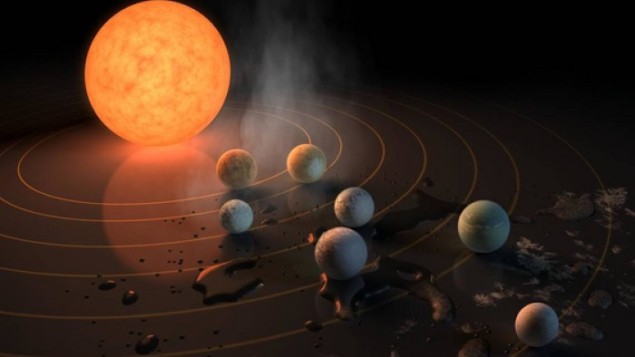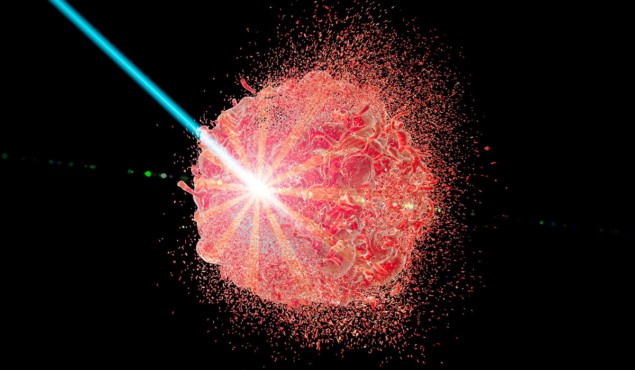Αναζήτηση αναρτήσεων
Δευτέρα 28 Νοεμβρίου 2022
Anomalous plasma burning heats-up fusion research
Chiral orbit currents create new quantum state
Chiral orbit currents create new quantum state
COVID-19 lockdowns boosted astronomy publications but worsened the gender gap, finds study
COVID-19 lockdowns boosted astronomy publications but worsened the gender gap, finds study
Red supergiant stars get dimmer before they explode
Red supergiant stars get dimmer before they explode
Nanoparticle-modified microrobots treat bacterial pneumonia in mice
Nanoparticle-modified microrobots treat bacterial pneumonia in mice
Παρασκευή 25 Νοεμβρίου 2022
Articular cartilage diseases: Newer therapeutic developments
Articular cartilage diseases: Newer therapeutic developments
The newest therapeutic
developments for articular cartilage diseases are significant and relieve the
patient from pain and suffering.
Articular cartilage is
a thin, soft, and elastic membrane that covers the articular surfaces of bones
and allows smooth and minimal friction movement of the articular surfaces. Its primary
function is the distribution of loads and the reduction of pressures on the
subchondral bone (the bone below the cartilage).
It consists of water, collagen, proteoglycans, proteins, and chondrocytes. This unique composition ensures special mechanical properties: it can be deformed during loading and, after removal, regain its original shape and return to its actual thickness.
Παθήσεις αρθρικού χόνδρου: Νεότερες θεραπευτικές εξελίξεις
Παθήσεις αρθρικού χόνδρου: Νεότερες θεραπευτικές εξελίξεις
Τρίτη 15 Νοεμβρίου 2022
Fusion-reactor instabilities can be optimized by adjusting plasma density and magnetic fields
Fusion-reactor instabilities can be optimized by adjusting plasma density and magnetic fields
A periodic table for topological materials
A periodic table for topological materials
Humane solutions for the massive human migration caused by climate catastrophe
Humane solutions for the massive human migration caused by climate catastrophe
Replacing a pacemaker with a device the width of a human hair
Replacing a pacemaker with a device the width of a human hair
Non-invasive neuromodulation improves motor function in children with cerebral palsy
Non-invasive neuromodulation improves motor function in children with cerebral palsy
Simulations shed light on fluid dynamics of the gut
Simulations shed light on fluid dynamics of the gut
Nanoparticles levitated by light exhibit non-reciprocal interactions
Nanoparticles levitated by light exhibit non-reciprocal interactions
Nanoconfined water enters intermediate solid-liquid phase
Nanoconfined water enters intermediate solid-liquid phase
The uncharted territories of scientific history
The uncharted territories of scientific history
Responding to extraterrestrials, better lab coats for all, space shuttle debris found off Florida
Responding to extraterrestrials, better lab coats for all, space shuttle debris found off Florida
Δευτέρα 14 Νοεμβρίου 2022
Laser pioneer Margaret Murnane bags 2022 Isaac Newton Medal and Prize
Laser pioneer Margaret Murnane bags 2022 Isaac Newton Medal and Prize
New neutral-atom qubit offers advantages for quantum computing
New neutral-atom qubit offers advantages for quantum computing
Bacteria-based microrobots show potential for cancer drug delivery
Bacteria-based microrobots show potential for cancer drug delivery
Proton therapy planning: how to minimize LET in organs-at-risk
Proton therapy planning: how to minimize LET in organs-at-risk
RHK Technology plays the ‘long game’ in SPM
RHK Technology plays the ‘long game’ in SPM
Superconductors strengthen signals in scanning-tunnelling microscopy
Superconductors strengthen signals in scanning-tunnelling microscopy
Making graphene nanoribbons stable
Making graphene nanoribbons stable
‘Inherited nanobionics’ makes its debut
‘Inherited nanobionics’ makes its debut
Half-light, half-matter quasiparticle appears in a van der Waals magnet
Half-light, half-matter quasiparticle appears in a van der Waals magnet
Modified gravity describes how open star clusters ‘dissolve’
Modified gravity describes how open star clusters ‘dissolve’
Early stages of an ancient supernova observed using gravitational lensing
Early stages of an ancient supernova observed using gravitational lensing
Rubidium vapour makes a good quantum memory
Rubidium vapour makes a good quantum memory
Τετάρτη 2 Νοεμβρίου 2022
Spin-based amplifier searches for axions
Spin-based amplifier searches for axions
Waving coral synchronizes according to temperature and light conditions
Waving coral synchronizes according to temperature and light conditions
Cosmic muons probe the interiors of tropical cyclones
Cosmic muons probe the interiors of tropical cyclones
Engineered DNA nanotubes form tiny pipes into cells
Engineered DNA nanotubes form tiny pipes into cells
Tiny beam shaper fabricated on the tip of a fibre creates twisted light
Tiny beam shaper fabricated on the tip of a fibre creates twisted light
How the Stern–Gerlach experiment made physicists believe in quantum mechanics
How the Stern–Gerlach experiment made physicists believe in quantum mechanics
Ultrasound-induced gas bubbles reduce optical scattering
Ultrasound-induced gas bubbles reduce optical scattering
Laughing gas could point to alien life on Earth-like planets
Laughing gas could point to alien life on Earth-like planets
First trial in humans reveals promise of FLASH proton therapy
First trial in humans reveals promise of FLASH proton therapy
Oscillating polaritonic condensate could be used for magnetometry
